1。据彭博社报道,俄罗斯总统弗拉基米尔·普京(Vladimir Putin) 表示,俄中合作达到“新里程碑。他正在等待中国国家主席习近平对俄罗斯的访问。

2。东京路透社。一位中国高级外交官告诉日本外长,北京对东京的军事集结感到非常不安,并批评它在四年来的首次正式安全会谈中采取“冷战思维”。
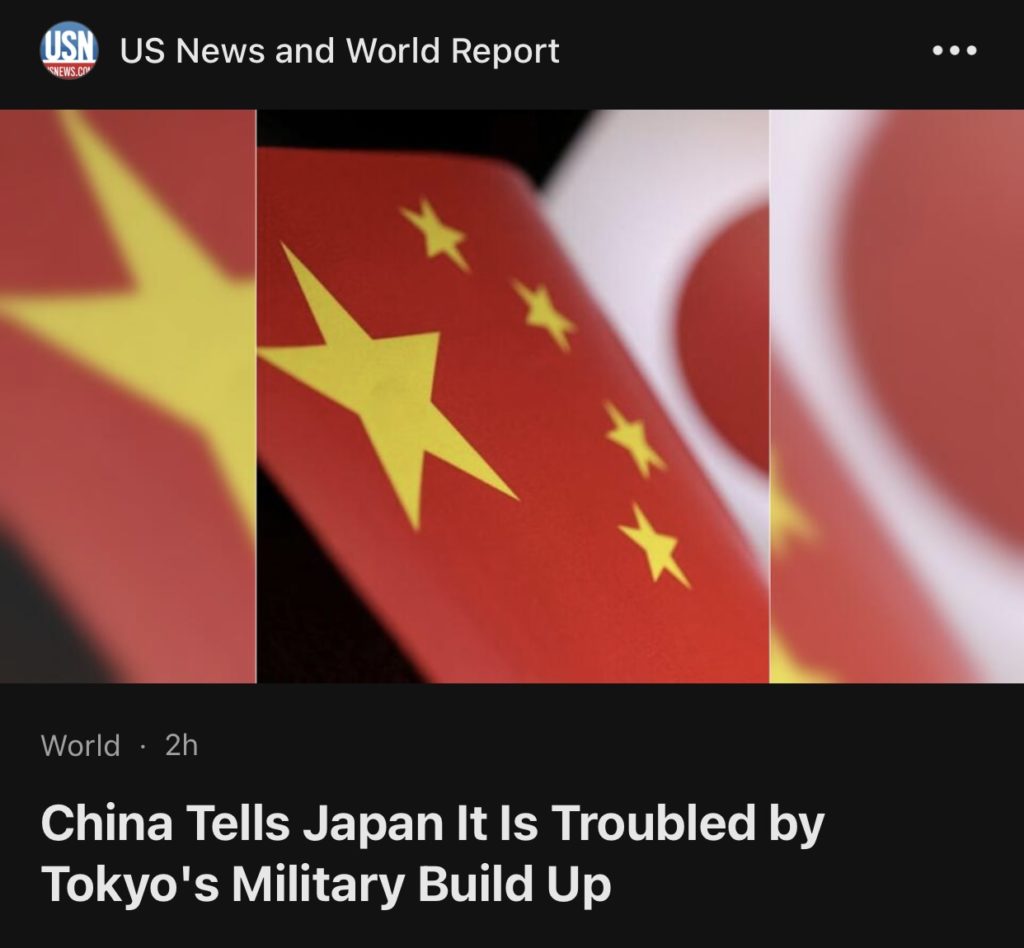
3。据Politics报道,澳大利亚和菲律宾正在探索在有争议的南中国海进行联合巡逻的可能性,中国海岸警卫队最近对一艘菲律宾船只的“行动”,导致菲律宾总统费迪南德马科斯召见了北京驻马尼拉特使。
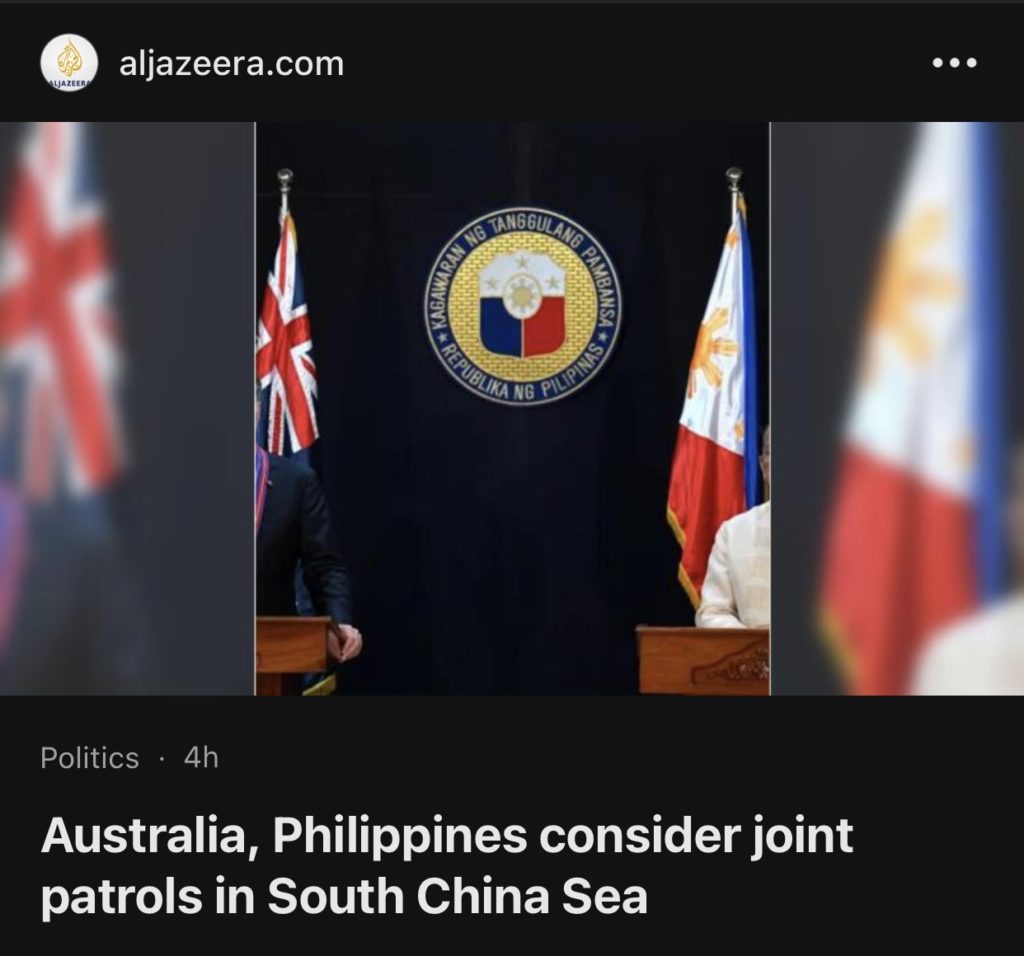
4。据The Guardian报道,乔拜登总统在讲话中称,在乌克兰经历了一年的战争后,俄罗斯军队陷入混乱。
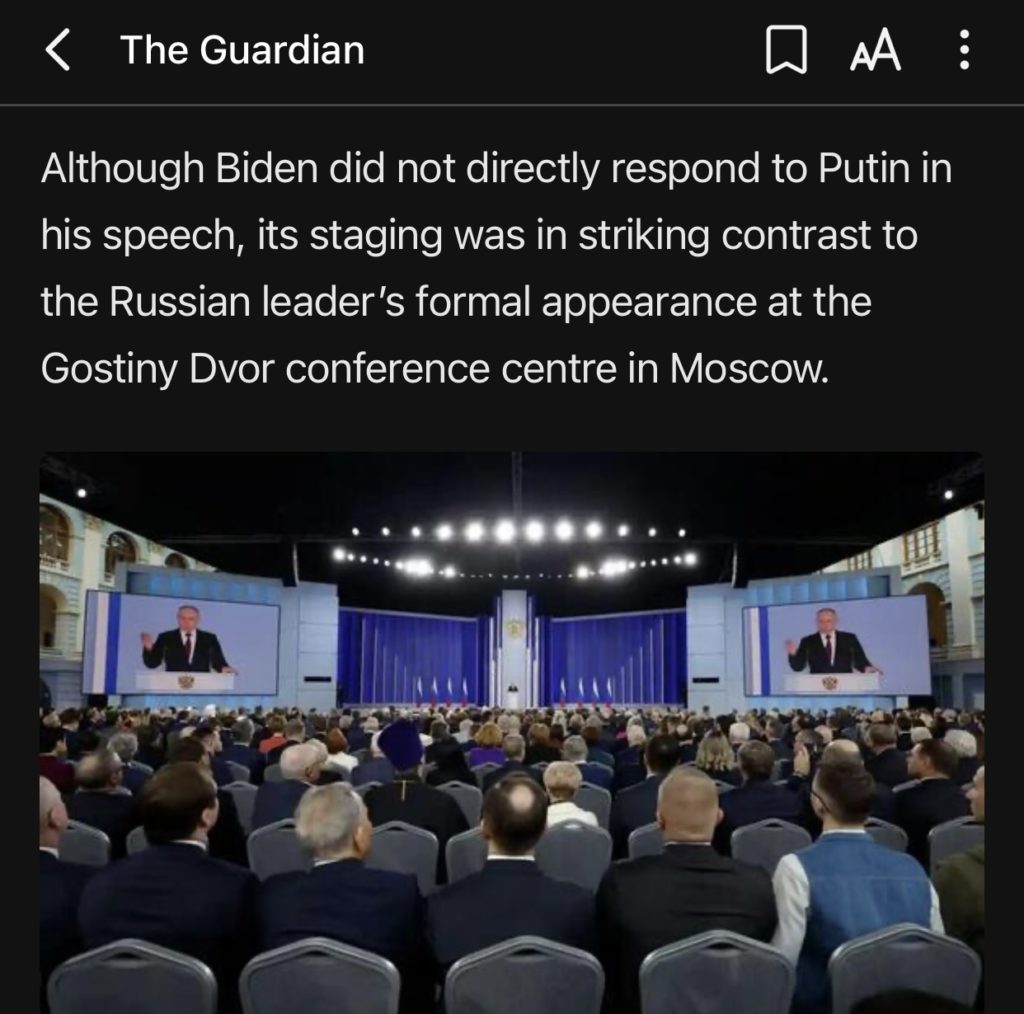
5。路透北京 2 月 22 日 – 据官方媒体报道,中国国家主席习近平表示,中国必须自下而上解决关键技术领域的问题,因为中国正在应对越来越多的,但主要是美国对先进技术的出口管制。
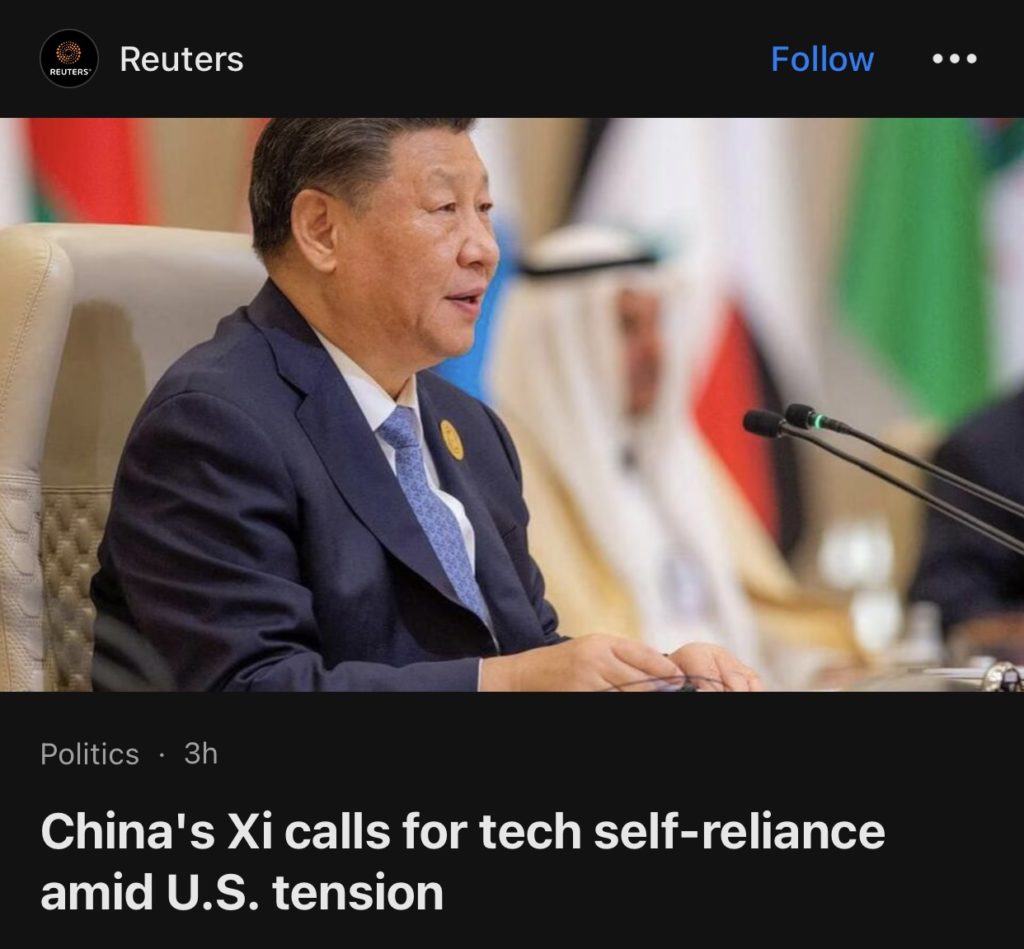
6。路透社。据俄罗斯国家新闻机构报道,俄罗斯安全委员会秘书,周二告诉中国最高外交官王毅,北京是俄罗斯外交政策的重中之重,两国必须团结一致对抗西方。

7。据World 报道,日本发现了7000个新岛屿。该国的岛屿数量翻了一番,地图上现在有超过 14,000 个岛屿。

8。据ABC News 报道,日本大熊猫粉丝含泪告别他们的偶像香香、“超级爸爸”峨嵋和他的双胞胎女儿,她们周二被送回中国,回到四川省的一个保护设施。

9。据Politics报道,随着对俄罗斯的担忧加剧,拜登总统将与东欧北约领导人会面。

10。东京路透社。日本防卫省周二在两国高级防卫官员会谈后发表声明称,日本和中国将从今年春天起努力建立一条安全直接沟通渠道。
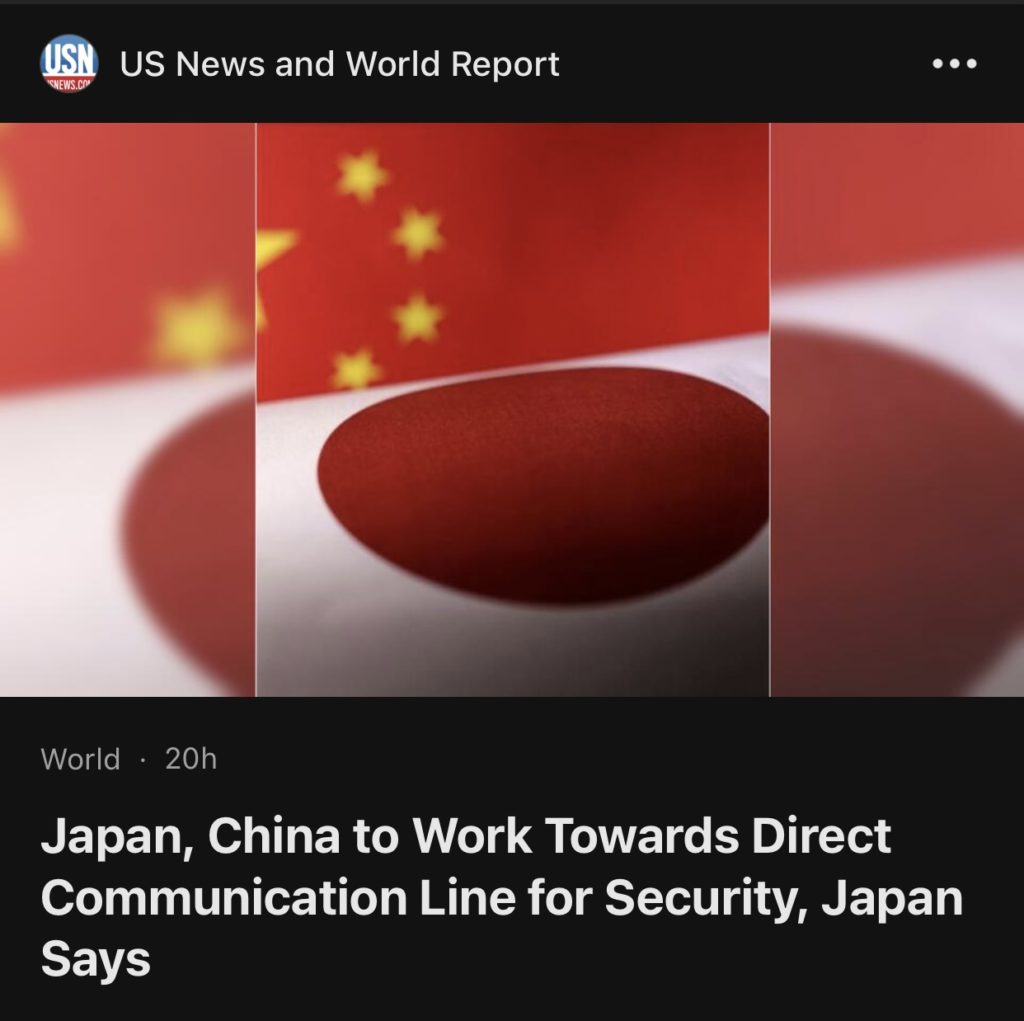
11。据The Drive报道,在中国气球最终在南卡罗来纳州海岸被击落之前,至少有两架 U-2S 被用来监视气球的飞机伴飞,并收集了有关它的信息。

12。据CNBC,由于较高的利率继续给市场情绪带来压力,美国股市周二下跌,而最新一批零售收益引发了对消费者状况的担忧。道琼斯工业平均指数下跌697.10 点,或 2.06%,收于 33,129.59。
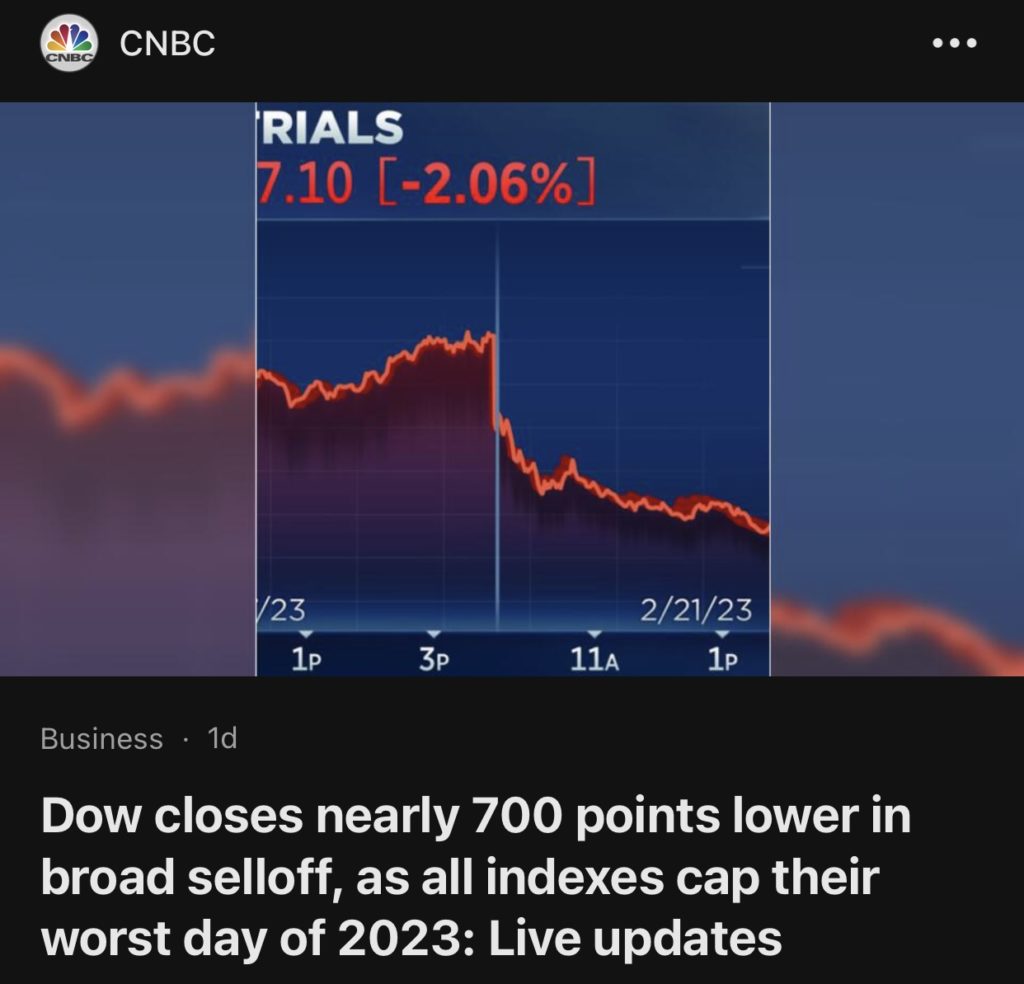
13。路透社。美国众议院外交事务委员会将于下周二与高级官员就中国政策举行听证会。
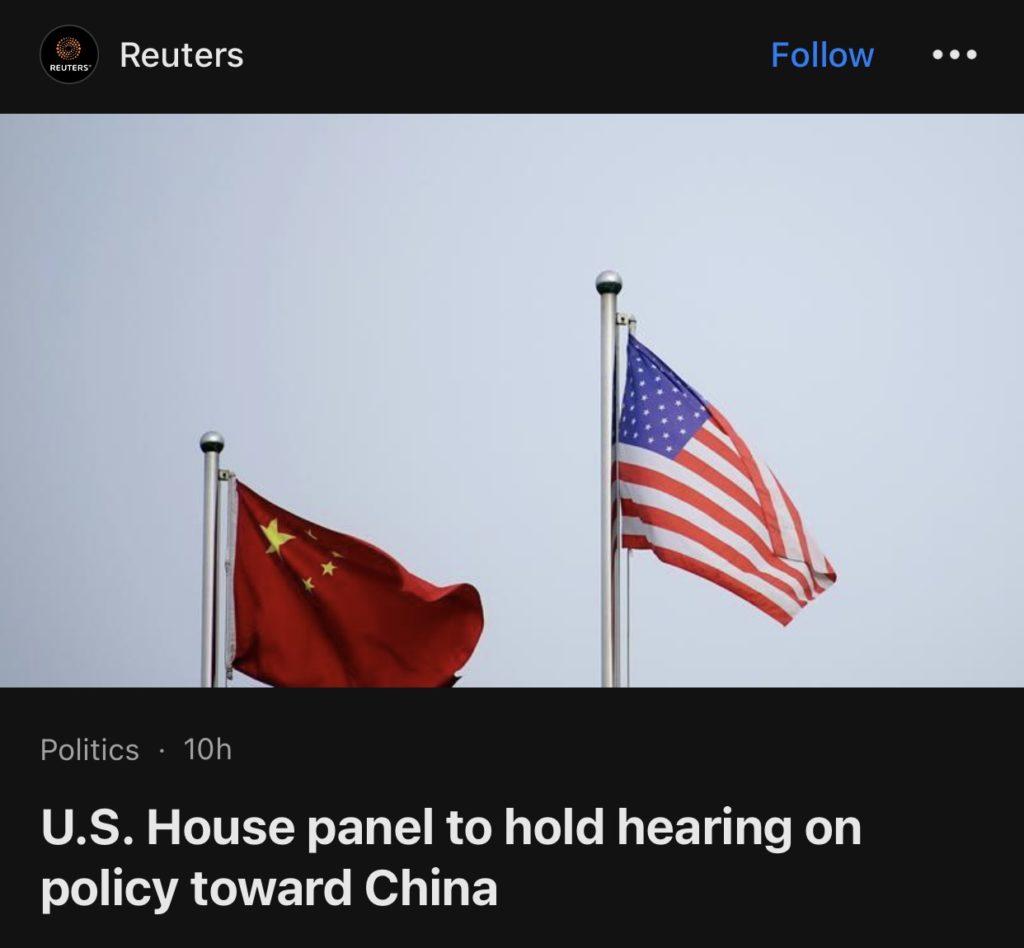
14。据Business Insider 报道,ChatGPT 的创建者 Sam Altman 表示,世界可能离”潜在的可怕”人工智能不远了,并认为“监管至关重要”。

15。一个神秘的铁球被冲上了日本的海滩,引起了全世界阴谋论者的注意。这个直径1.5米的大型物体今年早些时候出现在日本的一个沿海城镇。
以下为华人服务广告区:
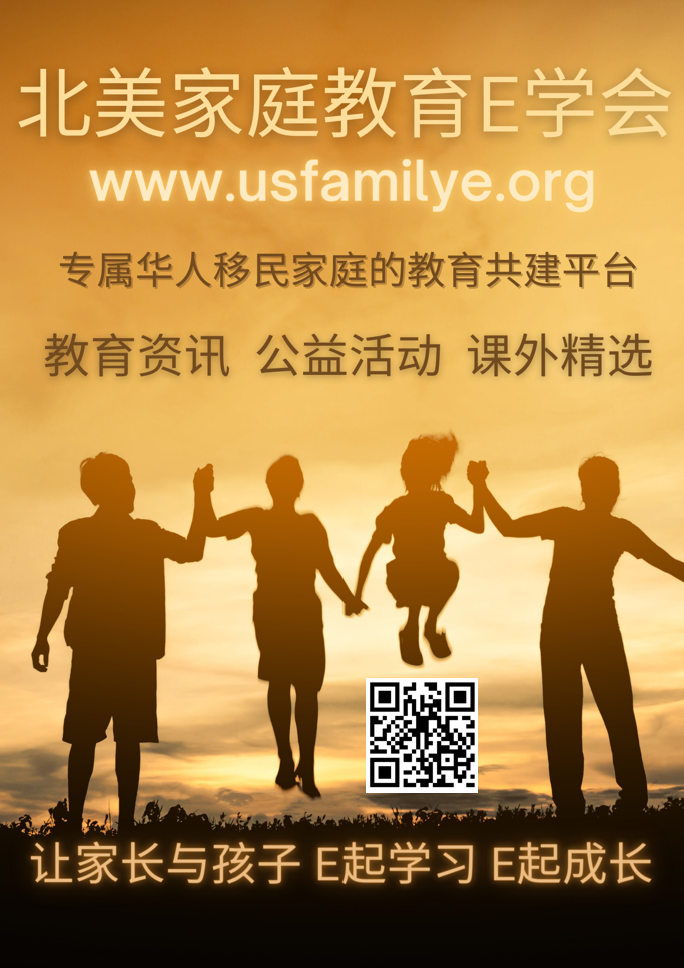

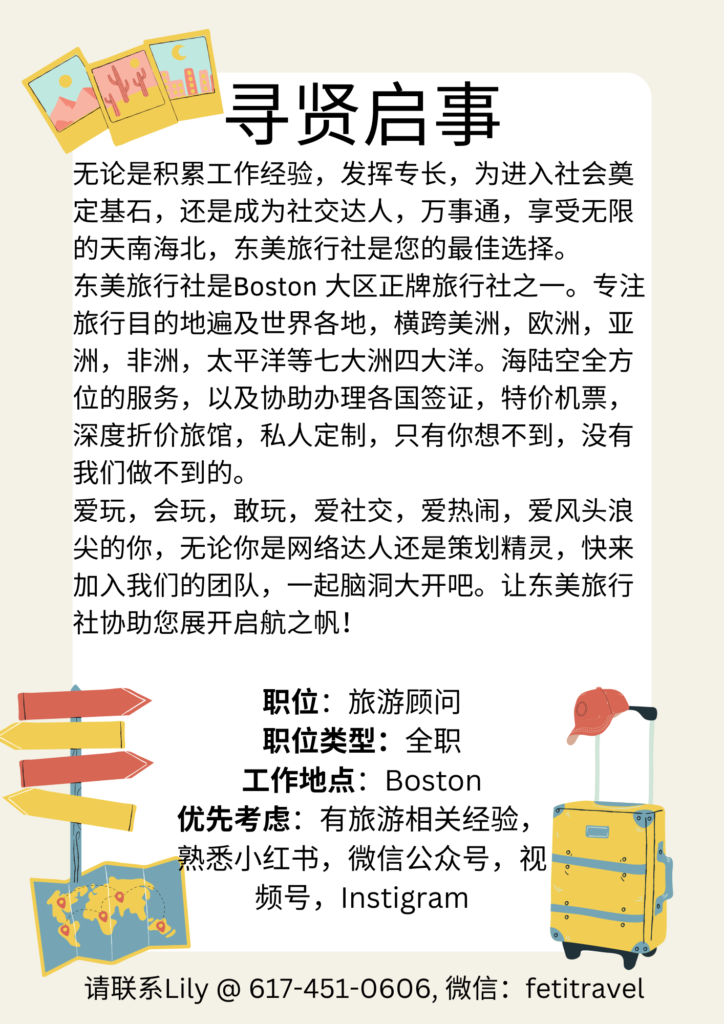
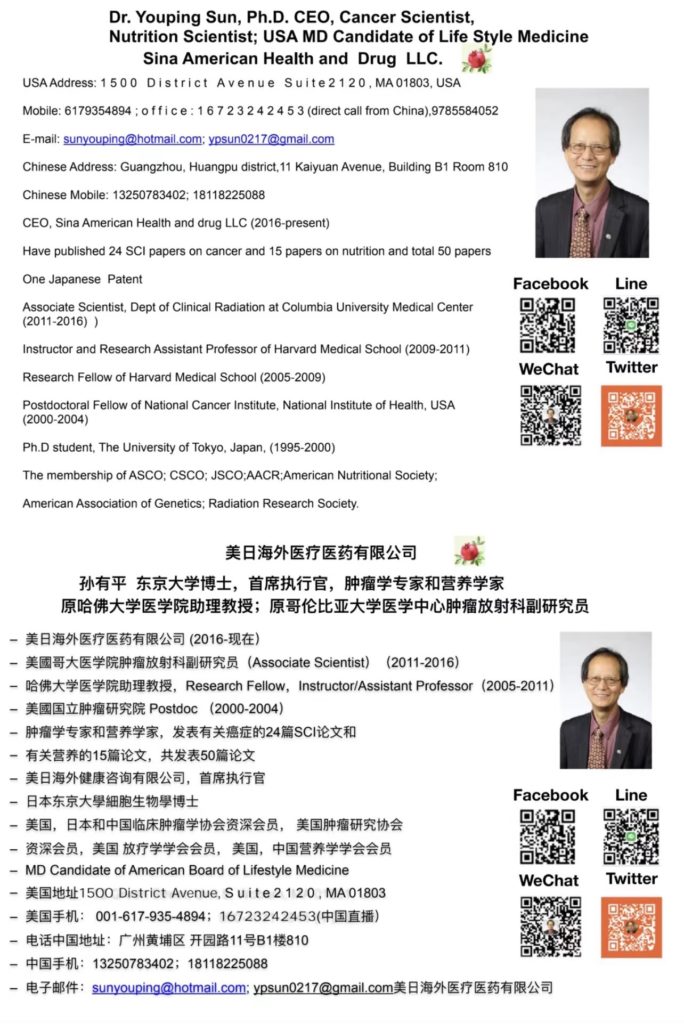

衷心感谢大家的支持!
顾震帝 2023日,2月,23号。
Просто восторг – спасибо!
розы купить в томске
[url=https://onlinepharmeasy.top/#]mexican pharmacy[/url] mexican pharmacy mexican pharmacy mexican pharmacy
What a information of un-ambiguity and preserveness of
precious familiarity regarding unpredicted emotions.
website here https://heyanon.my
From the insightful commentary to the captivating writing, every word of this post is top-notch. Kudos to the author for producing such fantastic content.
site web https://lagoon.wtf
index https://lavarage.cc
site here https://pactswap.org
Unity and BrightBuilt factory-built homes share an important feature: They are airtight, part of what makes them 60% more efficient than a standard home. GO Logic says its homes are even more efficient, requiring very little energy to keep cool or warm.
[url=https://kra34g.cc]кракен[/url]
“Everybody wants to be able to build a house that’s going to take less to heat and cool,” said Unity director Mark Hertzler.
Home efficiency has other indirect benefits. The insulation and airtightness – aided by heat pumps and air exchangers – helps manage the movement of heat, air and moisture, which keeps fresh air circulating and mold growth at bay, according to Hertzler.
https://kra34g.cc
kraken ссылка
Buntel, a spring allergy sufferer, said his Somerville home’s air exchange has made a noticeable difference in the amount of pollen in the house. And customers have remarked on how quiet their homes are, due to their insulation.
“I’m from New England, so I’ve always lived in drafty, uncomfortable, older houses,” Buntel said. “This is really amazing to me, how consistent it is throughout the year.”
Some panelized home customers are choosing to build not just to reduce their carbon footprint, but because of the looming threat of a warming planet, and the stronger storms it brings.
Burton DeWilde, a Unity homeowner based in Vermont, wanted to build a home that could withstand increasing climate impacts like severe flooding.
“I think of myself as a preemptive climate refugee, which is maybe a loaded term, but I wasn’t willing to wait around for disaster to strike,” he told CNN.
Sustainability is one of Unity’s founding principles, and the company builds houses with the goal of being all-electric.
“We’re trying to eliminate fossil fuels and the need for fossil fuels,” Hertzler said.
Goodson may drill oil by day, but the only fossil fuel he uses at home is diesel to power the house battery if the sun doesn’t shine for days. Goodson estimated he burned just 30 gallons of diesel last winter – hundreds of gallons less than Maine homeowners who burn oil to stay warm.
“We have no power bill, no fuel bill, all the things that you would have in an on-grid house,” he said. “We pay for internet, and we pay property taxes, and that’s it.”
I like the helpful information you provide in your
articles. I’ll bookmark your blog and check again here frequently.
I am quite certain I will learn many new stuff right here!
Best of luck for the next!
Aw, this was an extremely good post. Taking a few minutes and actual effort to make a superb article… but what can I
say… I put things off a lot and don’t seem to get nearly anything
done.
Today was supposed to be the day that President Donald Trump’s so-called “reciprocal” tariffs on dozens of countries kicked in after a three-month delay, absent trade deals. But their introduction has been postponed, again.
The new, August 1 deadline prolongs uncertainty for businesses but also gives America’s trading partners more time to strike trade deals with the United States, avoiding the hefty levies.
[url=https://kra34g.cc]kraken darknet[/url]
Mainstream economists would probably cheer that outcome. Most have long disliked tariffs and can point to research showing they harm the countries that impose them, including the workers and consumers in those economies. And although they also recognize the problems free trade can create, high tariffs are rarely seen as the solution.
https://kra34g.cc
kra35.cc
Trump’s tariffs so far have not meaningfully boosted US inflation, slowed the economy or hurt jobs growth. Inflation is “the dog that didn’t bark,” Treasury Secretary Scott Bessent likes to say. But economists argue inflation and jobs will have a delayed reaction to tariffs that could start to get ugly toward the end of the year, and that the current calm before the impending storm has provided the administration with a false sense of security.
“The positives (of free trade) outweigh the negatives, even in rich countries,” Antonio Fatas, an economics professor at business school INSEAD, told CNN. “I think in the US, the country has benefited from being open, Europe has benefited from being open.”
Consumers lose out
Tariffs are taxes on imports and their most direct typical effect is to drive up costs for producers and prices for consumers.
Around half of all US imports are purchases of so-called intermediate products, needed to make finished American goods, according to data from the Organisation for Economic Co-operation and Development.
“If you look at a Boeing aircraft, or an automobile manufactured in the US or Canada… it’s really internationally sourced,” Doug Irwin, an economics professor at Dartmouth College, said on the EconTalk podcast in May. And when American businesses have to pay more for imported components, it raises their costs, he added.
Likewise, tariffs raise the cost of finished foreign goods for their American importers.
“Then they have to pass that on to consumers in most instances, because they don’t have deep pockets where they can just absorb a 10 or 20 or 30% tariff,” Irwin said.
The bow of a US Navy cruiser damaged in a World War II battle in the Pacific has shone new light on one of the most remarkable stories in the service’s history.
More than 80 years ago, the crew of the USS New Orleans, having been hit by a Japanese torpedo and losing scores of sailors, performed hasty repairs with coconut logs, before a 1,800-mile voyage across the Pacific in reverse.
The front of the ship, or the bow, had sunk to the sea floor. But over the weekend, the Nautilus Live expedition from the Ocean Exploration Trust located it in 675 meters (2,214 feet) of water in Iron Bottom Sound in the Solomon Islands.
[url=https://kra34g.cc]kraken darknet[/url]
Using remotely operated underwater vehicles, scientists and historians observed “details in the ship’s structure, painting, and anchor to positively identify the wreckage as New Orleans,” the expedition’s website said.
On November 30, 1942, New Orleans was struck on its portside bow during the Battle of Tassafaronga, off Guadalcanal island, according to an official Navy report of the incident.
https://kra34g.cc
kraken onion
The torpedo’s explosion ignited ammunition in the New Orleans’ forward ammunition magazine, severing the first 20% of the 588-foot warship and killing more than 180 of its 900 crew members, records state.
The crew worked to close off bulkheads to prevent flooding in the rest of the ship, and it limped into the harbor on the island of Tulagi, where sailors went into the jungle to get repair supplies.
“Camouflaging their ship from air attack, the crew jury-rigged a bow of coconut logs,” a US Navy account states.
With that makeshift bow, the ship steamed – in reverse – some 1,800 miles across the Pacific to Australia for sturdier repairs, according to an account from the National World War II Museum in Louisiana.
Retired US Navy Capt. Carl Schuster described to CNN the remarkable skill involved in sailing a warship backwards for that extended distance.
“‘Difficult’ does not adequately describe the challenge,” Schuster said.
While a ship’s bow is designed to cut through waves, the stern is not, meaning wave action lifts and drops the stern with each trough, he said.
When the stern rises, rudders lose bite in the water, making steering more difficult, Schuster said.
And losing the front portion of the ship changes the ship’s center of maneuverability, or its “pivot point,” he said.
“That affects how the ship responds to sea and wind effects and changes the ship’s response to rudder and propellor actions,” he said.
The New Orleans’ officers would have had to learn – on the go – a whole new set of actions and commands to keep it stable and moving in the right direction, he said.
The ingenuity and adaptiveness that saved the New Orleans at the Battle of Tassafaronga enabled it to be a force later in the war.
webpage https://sonex.buzz/
проверить сайт https://thekaleproject.com
Thanks for sharing your thoughts about Jeetwin. Regards
click reference https://blnk.lat/
кликните сюда https://thekaleproject.com
Изготовление торговых павильонов и киосков из сэндвич-панелей под ключ — быстро, надежно и выгодно. Мы предлагаем современные решения для торговли и бизнеса: проект, производство, доставка и монтаж в срок. Высокое качество материалов, энергоэффективность, вентиляция и привлекательный внешний вид. Закажите готовое решение для вашего бизнеса уже сегодня!
[b]Торговые ряды[/b] – https://torgovyj-pavilon.ru/blog/torgovye-pavilony/
посетить сайт https://thekaleproject.com